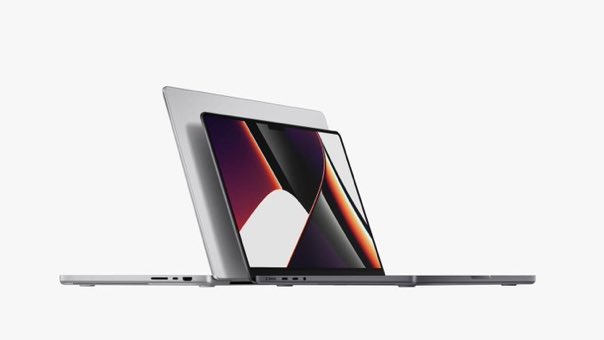Apple launches the new iPhone 13 lineup in September, and while that is usually the biggest launch from the company every year, many, including myself, kept waiting for one highly anticipated product – the new MacBook Pro. However, that announcement never came, which left some people disappointed. Now, a month after the California streaming event, Apple’s second event of the season is here, and with that comes, you guessed it-the new MacBook Pro.
The 14-inch and 16-inch MacBook Pro models have been redesigned and will be powered by the new M1 Pro and M1 Max chipsets. The silicon chips build on the technology introduced with the M1, and feature a 10-core CPU with eight high-performance cores and two energy-efficient cores. The M1 pro comes with a 16-core GPU, whereas the M1 Max GPU is equipped with 32-cores. These can be a game-changer, given that the M1 is already a very capable processor. This also marks Apple’s shift away from Intel, which has made chips and processors for the iPhone maker for a long time. It “appeals to people who want the most powerful Mac notebook.”
Let’s talk design. The MacBook Pro lacks the “MacBook Pro” wording at the bottom, however, the SD card slot and an HDMI port have been reintroduced, and they will join the USB-C ports, 3 Thunderbolt 4, and headphone jack.
The two models feature resolutions of 3024×1964 (for the 14-inch model) and 3456×2234 (for the 16-inch model). They will have the MagSafe magnetic charging, which will deliver faster-charging speed than is offered by the existing USB-C port.
The 16-inch model has a 16.2-inch display in nearly the same size enclosure, with 1.8 million more pixels than before. The MacBook Pro sports a mini-LED display. The display now supports 1 billion colors and has been inspired by the capability of the ProDisplay XDR. It contains 1000 nits of sustained full-screen brightness and 1600 nits of peak brightness. As for the cameras, Apple has doubled the resolution of the FaceTime HD camera to 1080p, with a wider aperture. It also relies on computational technology to ensure better video performance. Coming to audio, the 16-inch model has a new 6-speaker sound system with two tweeters and four force-canceling woofers, and tweeters are nearly two times larger. It has a 6-speaker sound system (which is also available in the 14-inch model) and supports spatial audio.
The base models for 14-inch and 16-inch MacBook Pros will have 16GB RAM, extendable up to 64GB. As for the storage, 512GB SSD storage will be standard, and you can buy upgrades to up to 8TB. The 16-inch model weighs 4.7 pounds and is 16.8mm thick, while the 14-inch model weighs 3.5 pounds and is 15.5mm thick. Its top border is 60% thinner as well, while the sides of the enclosure are closer to the active area of the display. As for battery life, it has two times longer battery life in Lightroom Classic when editing images. The new MacBook Pro now supports fast charge and charges up to 50% in 30 minutes. The 14-inch version has 17 hours of video playback. The 16-inch version has 21 hours of video playback.
The Touch Bar has been eliminated, and a standard row of function keys and a Touch ID key have taken their place. Both have a flat-edged and slimmer design and sport a notch that houses the updated 1080p webcam- one that is quite similar in size to the one found on the iPhone 12 series. Additionally, it hosts 120Hz ProMotion refresh rate support, which is slated to bring smoother scrolling, enhanced gaming experience, conservation of battery life, and others.
The 16-inch MacBook Pro costs $2499, while the 14-inch model comes at $1999. You can order them today, and they will be available next week, in silver and space gray.
The Tech Portal is published by Blue Box Media Private Limited. Our investors have no influence over our reporting. Read our full Ownership and Funding Disclosure →






